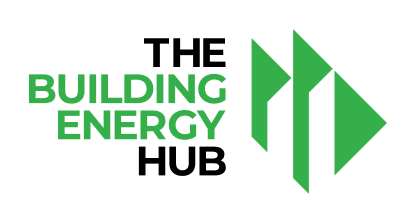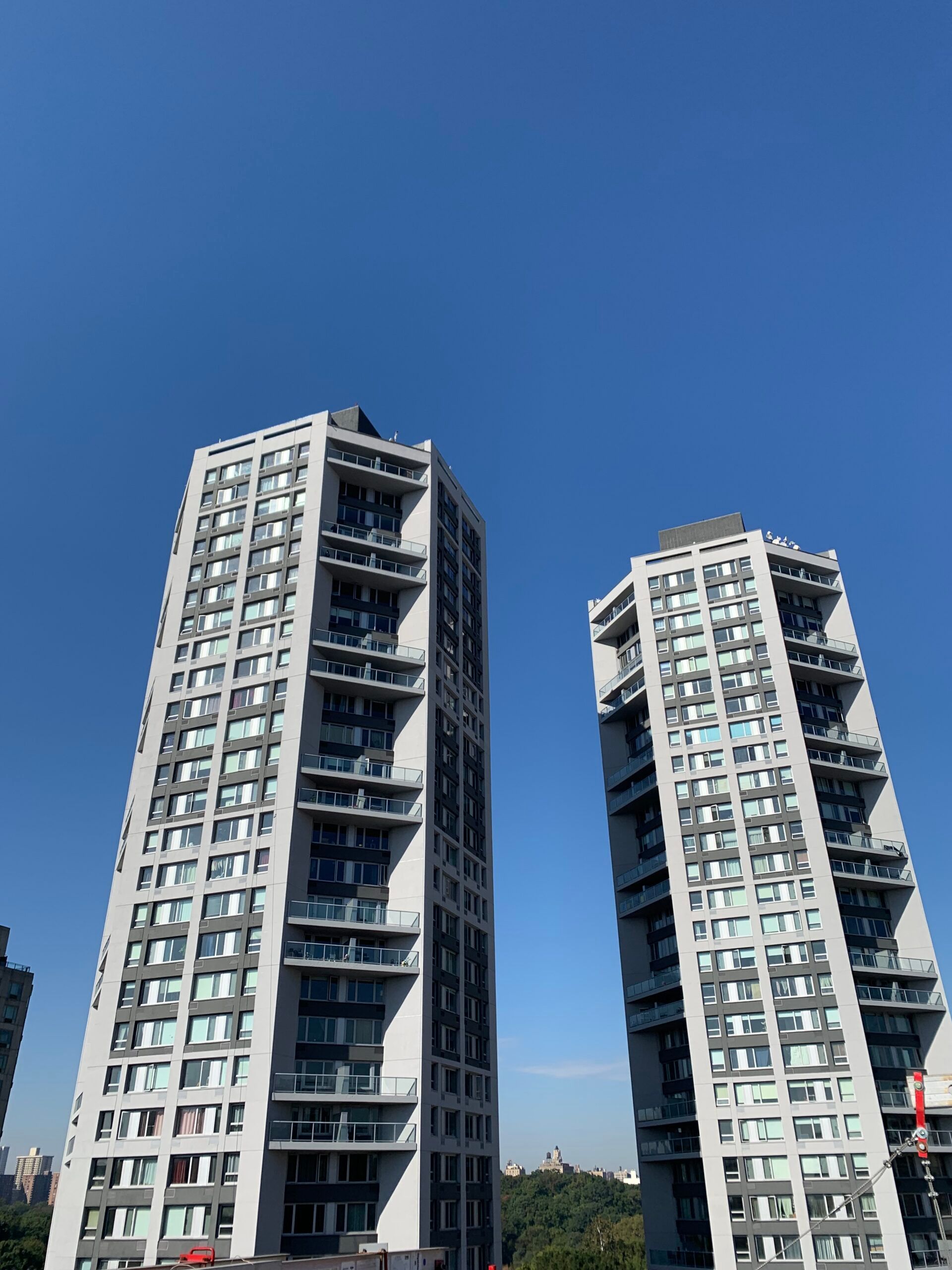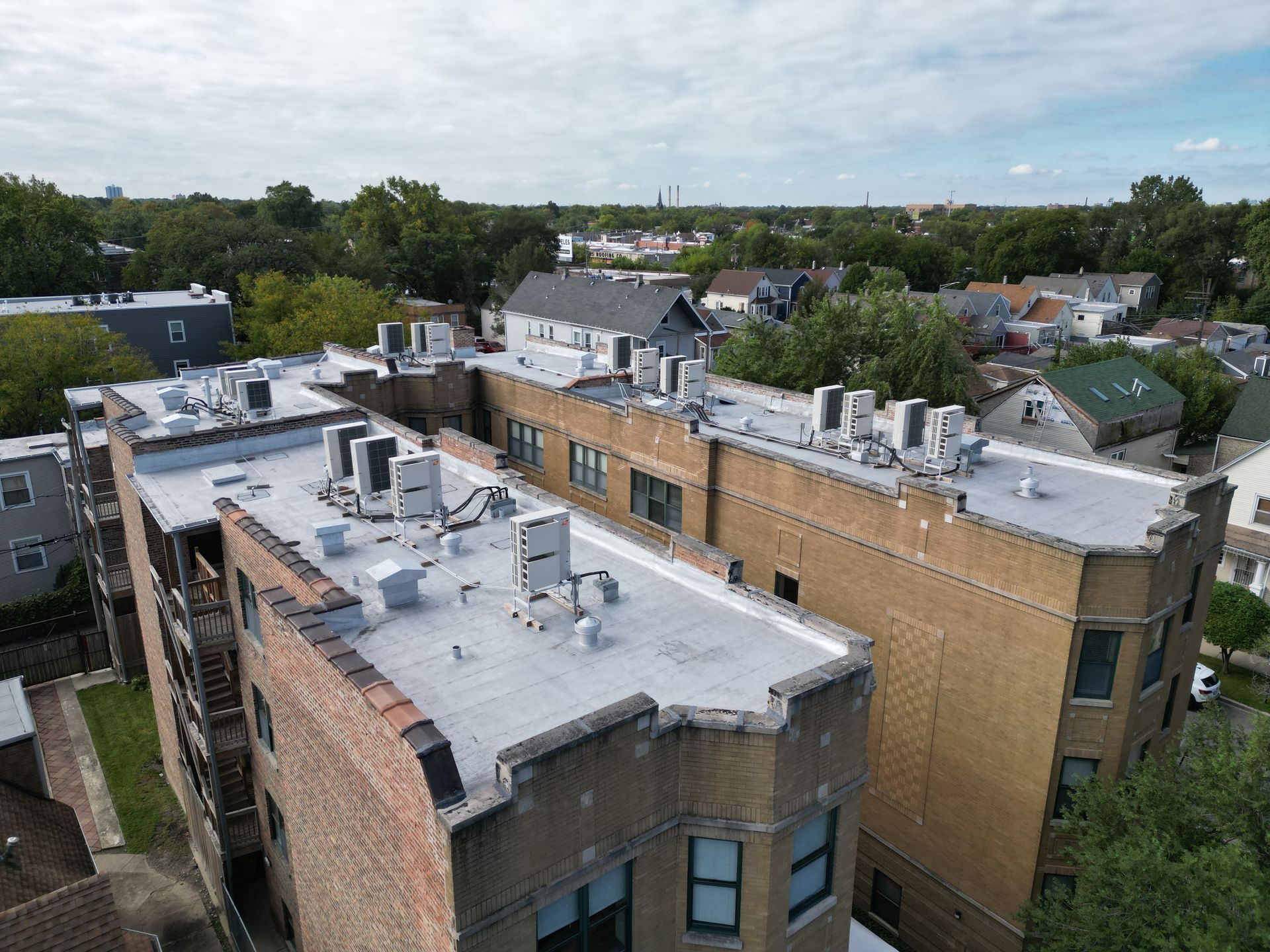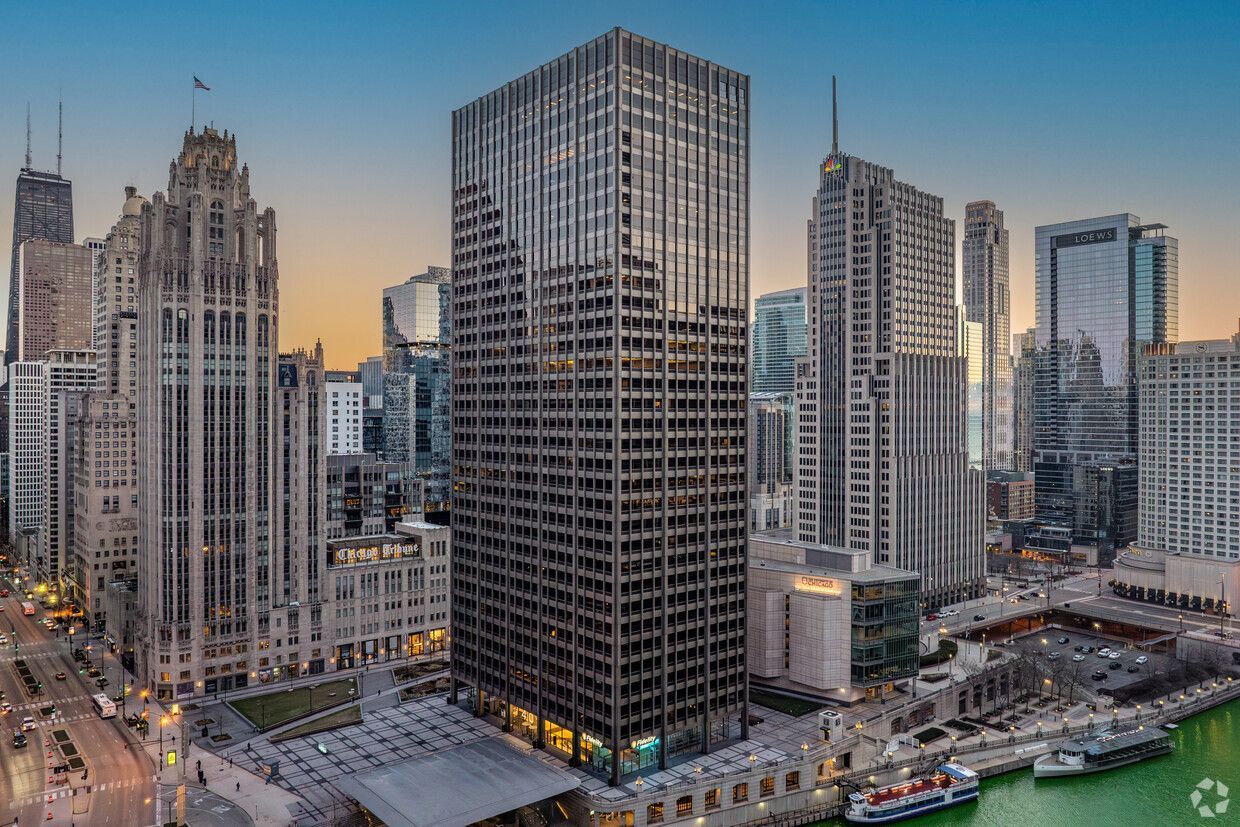The Retrofit Playbook for Large Buildings
Retrofit Playbook for Large Buildings
Partner resource compiled by RMI, Building Energy Exchange, Urban Land Institute, and New York State Empire Building Challenge.
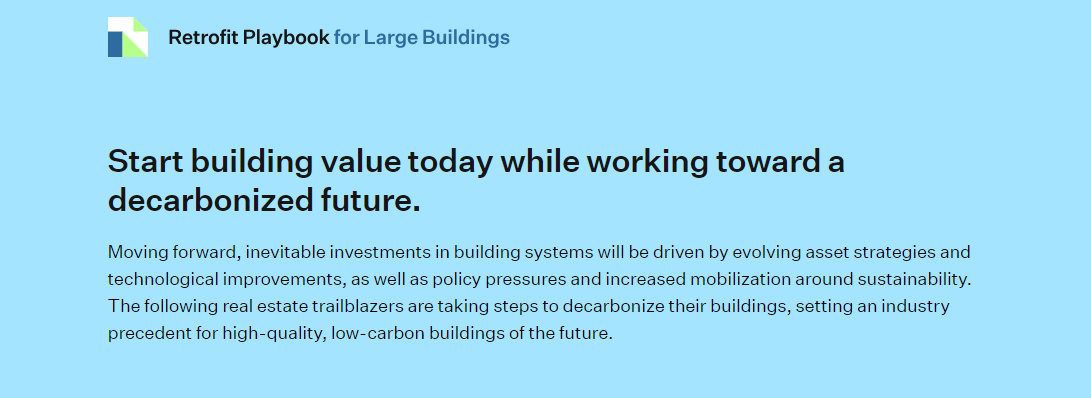
Developed by NYSERDA, RMI, Building Energy Exchange, and Urban Land Institute, the Retrofit Playbook for Large Buildings offers a living library of case studies, technical resources, and best practices to support high quality, low carbon retrofits. By utilizing the solutions and strategic planning tools presented here, building owners and their teams can develop decarbonization roadmaps that create asset value, reduce emissions, and enhance the resilience of their assets. Start planning now and explore our educational resources to inform your decarbonization journey.
Learn from real world case studies
Follow the 3-step strategic planning approach to generate an action plan for your building.
Step 1: Examine Current Conditions
Modernizing building energy systems is unavoidable over time. Systems require maintenance and well-planned investments as asset renewal strategies change and energy economics evolve. Starting with a comprehensive examination of the asset conditions empowers building owners and engineers to incorporate investment events into plans for building systems upgrades and emissions reductions.
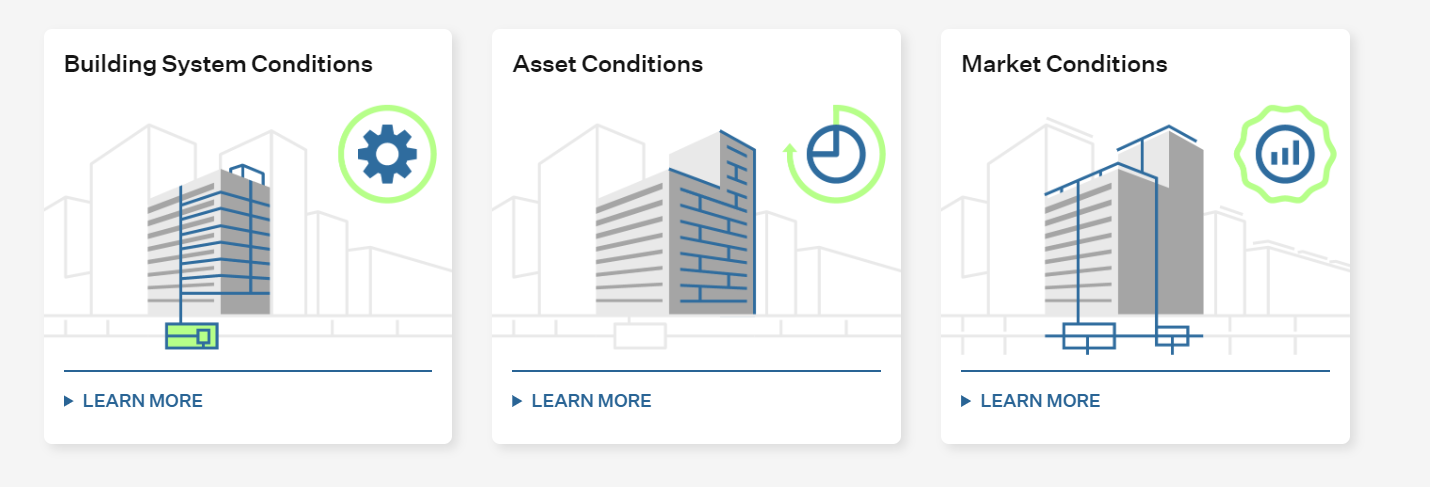
Step 2: Design Resource Efficient Solutions
Resource efficient engineering looks at emissions reduction holistically. It prioritizes the creation of a long-term action plan that illustrates how to phase in solutions over extended timelines to yield achievable, cost-effective, and environmentally responsive retrofits. This approach is being implemented in real-life projects, and occurs in five phases:
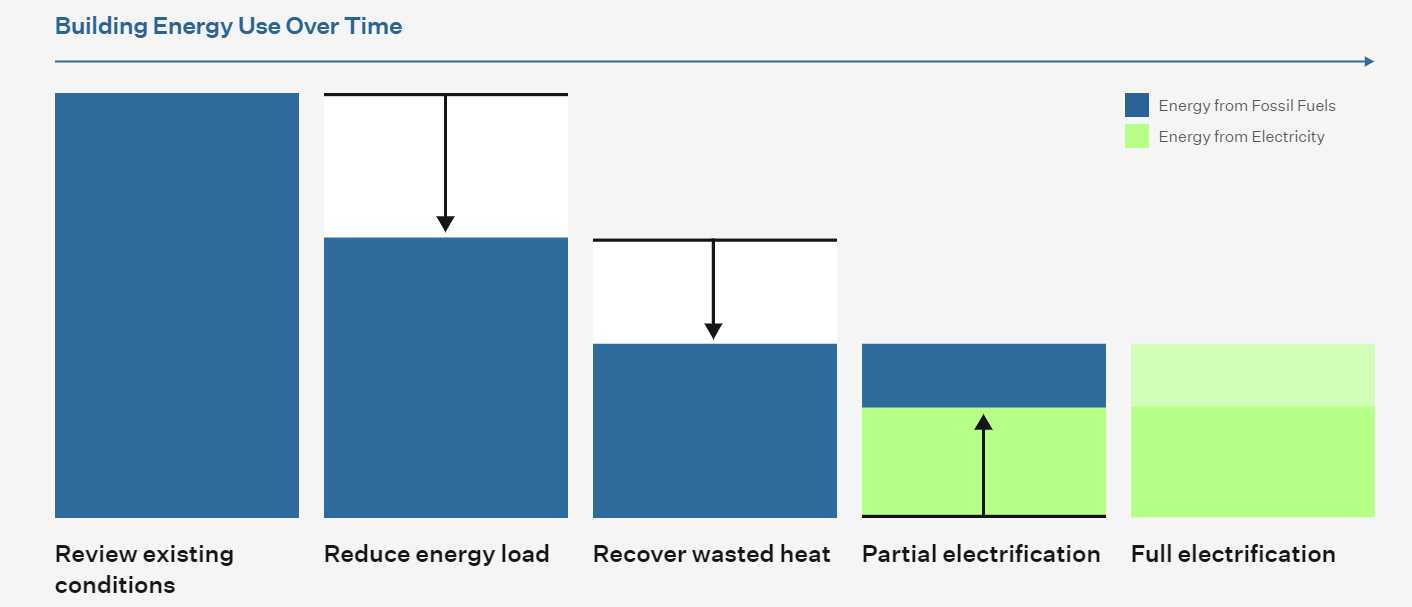
Step 3: Build the Business Case
The objective of this step is to determine the optimal retrofit solution and phasing for building decarbonization. The evaluation should focus on the cost effectiveness of distinct, alternate scenarios for reducing emissions, based on the identified technical approaches, implementation timelines, and alignment with capital plan and asset management criteria. This net present value analysis should account for the costs and risks of a business-as-usual approach alongside the costs and value of building decarbonization. The result delivers a decarbonization action plan that meets the financial needs of the building, with investments tied to long-term objectives related to the business triggers identified above in Step 1.
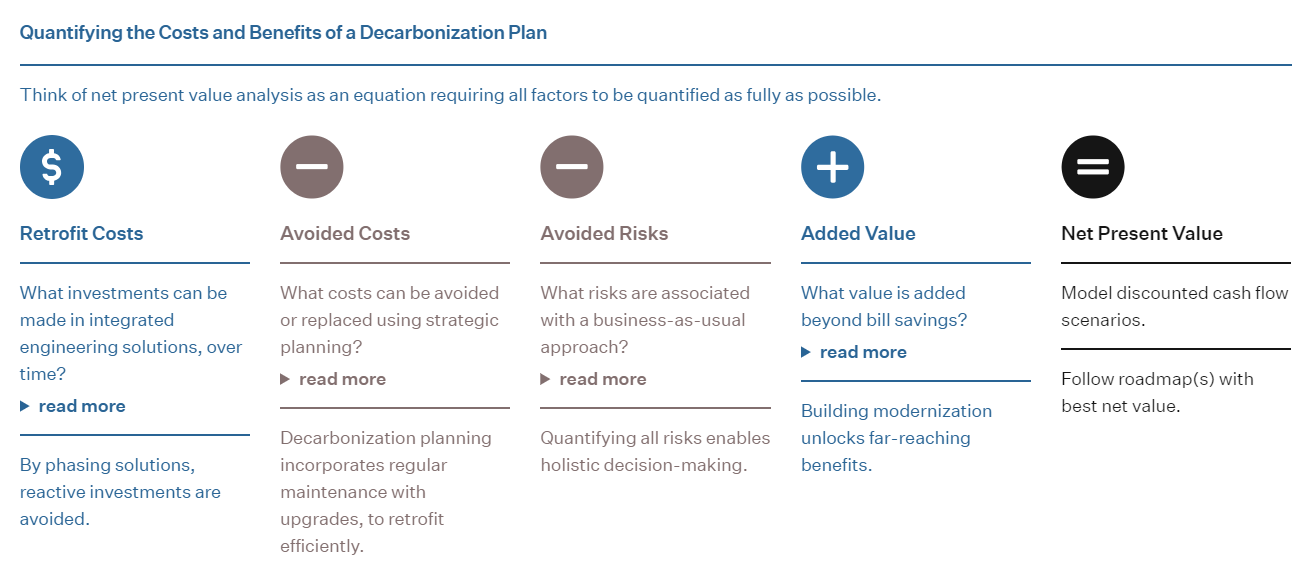
The read the full Retrofit Playbook for Large Buildings, visit the RMI website here.
